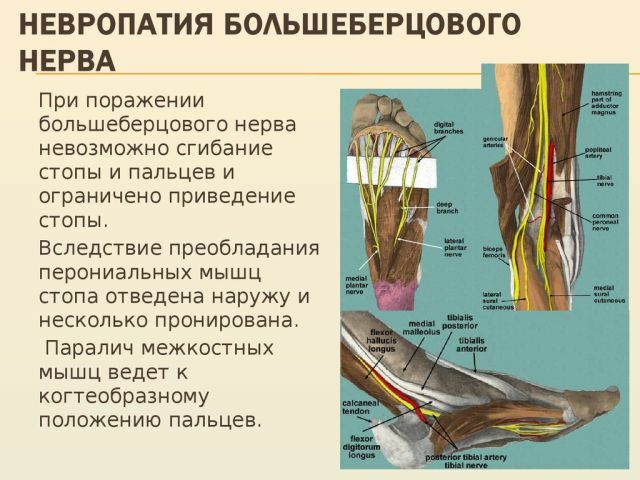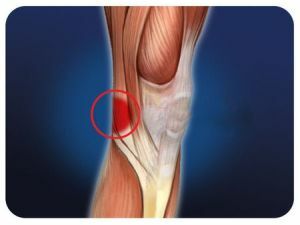 Polyneuropathy is a common disease affecting the peripheral nervous system. It is characterized by the defeat of nerve fibers, but later often violations of movement and trophic changes are added.
Polyneuropathy is a common disease affecting the peripheral nervous system. It is characterized by the defeat of nerve fibers, but later often violations of movement and trophic changes are added.
In most cases, people diagnosed acquired forms of disease as a consequence of problems with metabolic processes. In this case, most often it is toxic polyneuropathy.
This term refers to the pathology of nerve fibers that are localized in the lower and upper limbs. With the development of this disease, a person may experience temporary paralysis, as well as a decrease or total loss of sensitivity in this zone.
The process initially affects the distal sections, gradually spreading to the central regions.
The essence of the toxic form of the disorder
Toxic polyneuropathy in most cases develops with chronic poisoning. Also, pathology can become a consequence of 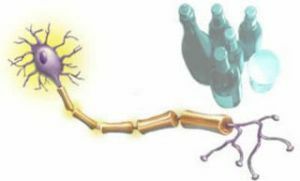 violations of the rules of household chemical use.
violations of the rules of household chemical use.
Often, toxic polyneuropathy is the result of chronic alcoholism. The fact that alcohol produces a toxic effect on the nervous system and provokes a metabolic disorder.
Other factors that may cause the development of the disease include the following:
- poisoning with carbon monoxide, arsenic, methyl alcohol, carbophos, dichlorvos, etc.;
- chronic body intoxication;
- development of diphtheria;
- vitamin deficiency;
- diabetes;
- cirrhosis;
- uremia;
- hypothyroidism;
- collagenosis;
- oncological pathology;
- use of some medications - Metronidazole, Amiodarone, Isoniazid.
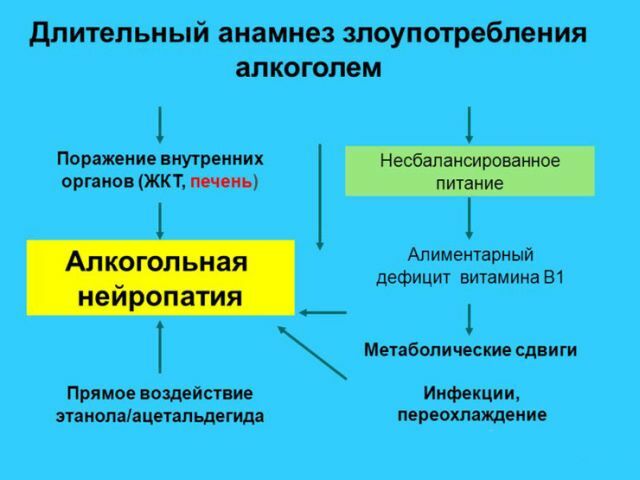
Classification of violation
Depending on the origin of the disease, these types of toxic polyneuropathy are distinguished:
- Diphtheria - this disorder is considered a typical complication of diphtheria and develops as a result of the toxic form of the infectious disease. In this case, the neuropathic syndrome is of a mixed nature, and motor, and vegetative, sensitive disorders are observed.
- Herpetic - in this case, the disorder develops in the post-infectious period. In most cases, it is provoked by herpes simplex virus and chicken pox. Also, the cause can be covered in infection with cytomegalovirus or the Epstein-Barr virus.
- Lead - this form of the disease is a consequence of lead poisoning and manifests itself in the form of chronic motor
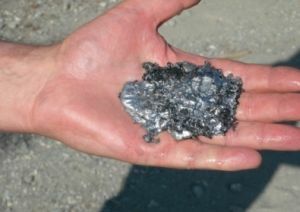 disorder and motor defects, which in most cases are asymmetric. At the same time, sensitive disorders are not very pronounced.
disorder and motor defects, which in most cases are asymmetric. At the same time, sensitive disorders are not very pronounced. - Arsenic - the cause of this ailment is poisoning with insecticides, including arsenic, drugs or dyes. With a single exposure to a large amount of toxic substance, a person's consciousness is disturbed, vascular hypotension and vomiting appear. If the patient survives, within 2 to 3 weeks he develops polyneuropathy. In this case, muscle weakness is variable in nature and is observed mainly in the lower limbs.
- Alcohol - the mechanism of development of this form of the disease is not well studied. The key role in this case is the violation of resorption of thiamine, which provokes the development of thiamine deficiency. Also, alcohol has a toxic effect on the body. The clinical picture of this ailment includes a number of sensitive, motor and autonomic disorders.
Clinical picture
First of all, toxic polyneuropathy is accompanied by such manifestations as numbness of the lower and upper extremities. At the initial stage, the distal parts mainly suffer. As the disease progresses, the pathology affects the proximal areas.
 Also, with this diagnosis, often goose bumps and tingling. As a rule, patients do not pay attention to such symptoms. However, as the disease develops, manifestations increase.
Also, with this diagnosis, often goose bumps and tingling. As a rule, patients do not pay attention to such symptoms. However, as the disease develops, manifestations increase.
In addition to the occurrence of sensitive disorders, motor neurons may also suffer. Often, people with this diagnosis have weakness in muscle tissue, increased fatigue even when performing routine work or physical exertion. In this case, a person complains of a feeling of heaviness and fullness in the limbs.
In later stages, pathology is accompanied by more severe symptoms. There are also signs of vegetative disorders. They are manifested in the form of a decrease in trophism of the skin and the appearance of all possible pigmentation. In neglected cases, people can not move or service themselves.
Standards for diagnosis and treatment of
To make an accurate diagnosis, you should correctly collect anamnesis. To do this, the specialist learns from the patient the conditions of his work, the presence of contacts with chemicals, the frequency of alcohol consumption. Of no small importance is the collection of a work history, especially in the event that a person has managed to change several places of work.
During an objective neurological examination, it is not always possible to obtain sufficient information about the etiology of the disease. It only reveals the defeat of peripheral nerves.
With the help of instrumental studies it is possible to detect the process of impairment of impulse transmission. However, the causes of the development of  polyneuropathy can not be established.
polyneuropathy can not be established.
In some cases, doctors prescribe a peripheral nerve biopsy. Thanks to this, it is possible to study the structural changes taking place in the neuron.
Methods of treatment are selected to achieve the following objectives:
- restoration of the structure of nerve fibers;
- improved conduction of nerve impulses;
- recovery of motor activity of the affected limbs;
- preventing the progression of the disease.
To treat toxic polyneuropathy successfully, any contact with the provoking agent should be avoided. If the cause is endogenous factors, special attention should be paid to the treatment of pathology.
To normalize the state of peripheral nerves, apply a whole complex of medications. First of all, doctors prescribe the means that provide the restoration of the myelin sheath of nerve trunks. For this purpose, vitamins of the B group are used.
 Importantly, there are drugs that contribute to improving the conductivity of nerve impulses. For this purpose, Ipigrix is usually prescribed.
Importantly, there are drugs that contribute to improving the conductivity of nerve impulses. For this purpose, Ipigrix is usually prescribed.
In acute polyneuropathy, the use of glucocorticoids is justified. Of the medicines included in this category, it is worthy of mentioning Dexamethasone.
If the process is accompanied by autoimmune activity, there is a need for plasmapheresis. If a person normally responds to the use of physiotherapy, one can use electrostimulation.
Thanks to this, it is possible to improve the state of peripheral nerves and restore the conductivity of impulses.
Prognosis and possible complications of
The outcome of the disease depends on its form and the duration of contact with toxic agents. Of no small importance for the prognosis is the timeliness of the initiation of therapy.
With the development of acute polyneuropathy, the most likely outcome is a favorable outcome, accompanied by a complete regression of symptoms. However, this is only true with a timely diagnosis and adequate treatment measures.
The chronic form of the disease with adequate therapy proceeds comparatively favorably. Due to proper treatment, it is possible to significantly slow down the development of the disease. People with this diagnosis can live quite a long time.
Unfavorable outcome is possible in case of acute intoxication when large amounts of toxin enter the body. As a result, there is a risk of kidney or liver failure. If you do not start treatment of these conditions in time, the probability of a lethal outcome is high.
Preventive measures
To prevent the development of a violation, you must observe the conditions of safe work. To do this, use protective  means and stay in the conditions of exposure to toxic substances no longer than the permitted period.
means and stay in the conditions of exposure to toxic substances no longer than the permitted period.
As for endogenous factors, it is very important to treat diseases that are capable of provoking the development of this complication in time. In addition, it is recommended to visit the district therapist at least once a year.
Toxic polyneuropathy is a fairly serious disease that requires timely help. Therefore, when any symptoms of this disorder appear, it is recommended to consult a doctor immediately, who will choose adequate therapy.

